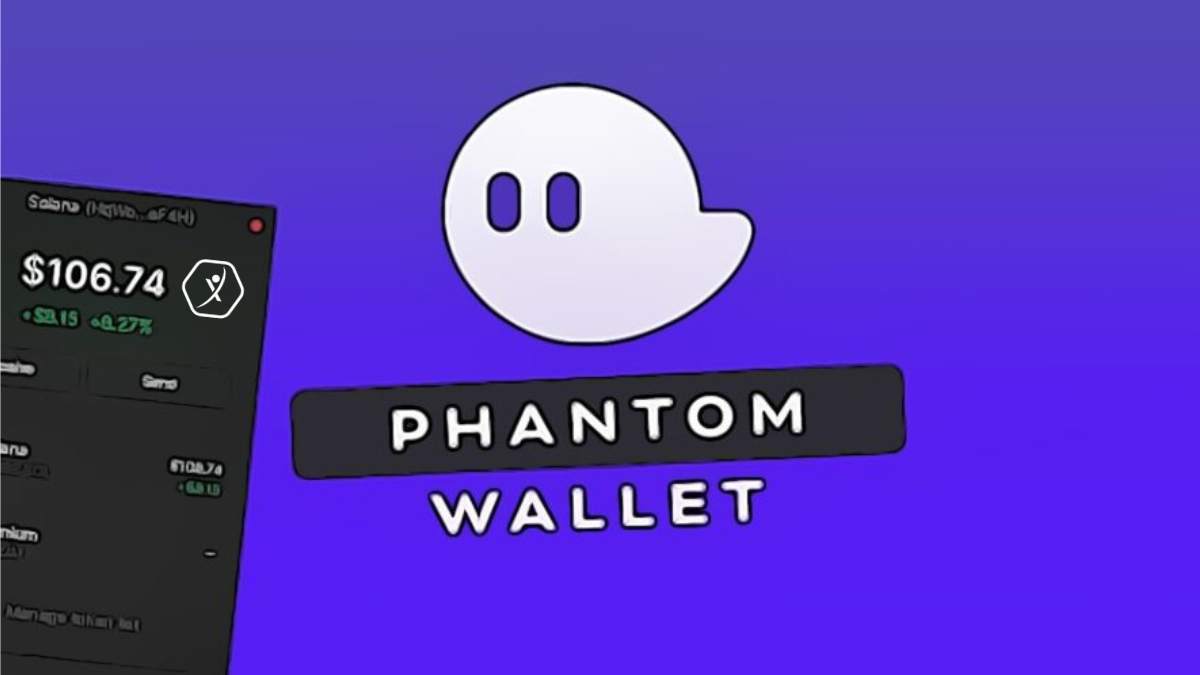Okay, so check this out—if you’ve been poking around the Solana ecosystem lately, you might have stumbled upon the Phantom extension. Seriously? It’s kinda like finding a sleek Swiss Army knife in your browser toolbar that suddenly makes managing SPL tokens feel less like a chore and more like… well, something you actually want to do.
My first impression? Wow! It’s surprisingly smooth for a crypto wallet extension. No more juggling multiple tabs or wrestling with clunky interfaces that look like they were designed in 2015. But here’s the thing: browser integrations for crypto wallets have always been a bit hit-or-miss. I was skeptical at first—“Is this just another flashy tool with little substance?” But then, as I kept fiddling, I noticed it wasn’t just about convenience; the Phantom extension really digs into what users need for Solana-based DeFi.
Honestly, something felt off about my previous setups. They worked, sure, but every transaction felt like tiptoeing through a minefield. Phantom’s approach is different—it prioritizes security without compromising speed. And with the rapid pace of Solana’s DeFi growth, that balance is very very important.
On one hand, browser extensions can pose security risks because they’re right there in your everyday browsing environment. Though actually, Phantom seems to have taken some smart steps to mitigate that. It’s not perfect—there are always trade-offs—but they’ve built in solid safeguards that make me trust it more than some standalone wallets I’ve tried.
Hmm…I wonder if this is the beginning of a new era where managing SPL tokens is as intuitive as managing your favorite social media accounts. Could be! Let’s dive deeper.

Browser Integration: Why It Matters So Much
At first glance, a wallet extension might seem trivial—just a little plugin, right? Actually, it’s a bridge. A bridge that connects you to the sprawling Solana DeFi landscape without the fuss of constant app switching or manual key imports. The Phantom extension hooks straight into your browser, making token management, NFT interactions, and DeFi staking feel like natural extensions of your daily web surfing.
Here’s what bugs me about some older wallets: they make you jump through hoops every time you want to move an SPL token. Phantom cuts through that noise by enabling seamless transactions. You approve with a click, and bam—done. No confusing pop-ups or delays that make you second-guess if you messed something up.
But I won’t sugarcoat it. This ease brings new risks. Since the wallet lives within your browser, it’s exposed to phishing attempts and malicious scripts lurking in other tabs. Phantom’s team seems aware of this—they’ve baked in warnings, transaction previews, and rigorous permission controls. Still, you gotta stay sharp.
One surprising feature is the built-in token swap functionality. Initially, I thought it’d be clunky or slow, but it’s actually pretty responsive. It taps directly into Solana’s liquidity pools, making on-chain swaps feel almost instant. For someone who trades SPL tokens regularly, this is a huge time saver.
Of course, the convenience also means you have to be very very careful with permissions. Remember: the extension can’t protect you from every scam, especially if you’re careless with seed phrases or click blindly on links. But the user experience combined with robust security reminders really ups the game.
Security: More Than Just a Buzzword
Security is the elephant in the room when it comes to browser wallets. I’ll be honest, I’ve seen way too many horror stories where a single phishing email or malicious website wiped out someone’s entire crypto stash. So naturally, I was curious how Phantom handles the tightrope walk between user-friendliness and bulletproof security.
Here’s the lowdown: Phantom stores your private keys locally, encrypted and isolated from the browser’s general memory. This reduces the attack surface, but it’s not a silver bullet. If your device is compromised, there’s only so much software can do. So, the usual best practices—hardware wallets, secure passwords, no sketchy downloads—still apply.
One feature that stuck with me was the biometric unlock on compatible devices. It’s a neat touch that feels modern without being gimmicky. Plus, transaction approvals include detailed info so you’re not blindly signing away your tokens. This transparency is rare and very very helpful, especially for newcomers.
Something else that’s kinda cool is the extension’s automatic network detection. It adjusts for testnets or mainnet interactions, reducing accidental transfers on the wrong chain. That might sound minor, but when real money’s involved, these little safeguards add up.
Still, I’m not 100% sure if Phantom’s security model can stop every advanced phishing attack or zero-day exploit. But for everyday users, it strikes a solid balance between usability and protection, which is honestly what most wallets aim for but don’t quite nail.
Why SPL Token Support Is a Big Deal
Solana’s ecosystem runs on SPL tokens, which are kind of like Ethereum’s ERC-20 but faster and cheaper. Managing these tokens can be a headache without proper tools. Phantom’s native support for SPL tokens means you can view, send, and receive a wide range of assets without juggling multiple wallets or manual config files.
At first, I thought, “Okay, so it handles tokens. Big deal.” But then I realized how many projects are launching on Solana and how fragmented the token landscape can get. Phantom consolidates all your SPL assets into one clean dashboard, which is really handy.
Plus, it supports NFTs built on Solana, which is a huge plus if you’re into collectibles or gaming. The UI shows your tokens with clear icons and balances, so you never have to guess if that transaction went through.
By the way, if you’re looking to try this out yourself, the phantom extension is where you want to start. Installation is straightforward, and setup only takes a few minutes unless you’re super cautious about seed phrase backups (which you should be).
One minor gripe—sometimes the extension can lag a bit when syncing large token lists or NFT collections. It’s not a dealbreaker, but I hope they optimize this soon.
Wrapping Up With Some Thoughts
So, here’s the thing. The Phantom extension isn’t flawless, but it’s definitely pushing the needle forward for Solana DeFi users. It’s fast, fairly secure, and has native SPL token support that just works. For browser users who want to stay in the flow without bouncing between apps, it feels like a natural fit.
On the flip side, no wallet is a magic shield. You still have to play it smart—watch your permissions, double-check URLs, and keep your keys offline when possible. Phantom helps reduce friction, but the human element is still front and center.
Something I’m still chewing on is how browser wallet extensions might evolve as DeFi matures. Will they become the standard interface for blockchain interactions, or will hardware wallets and mobile apps keep their crown? I guess time will tell.
Anyway, if you’re dabbling in Solana or just curious about managing SPL tokens more easily, the phantom extension is definitely worth a shot. Just remember to keep your wits about you—crypto’s a wild west, after all.

